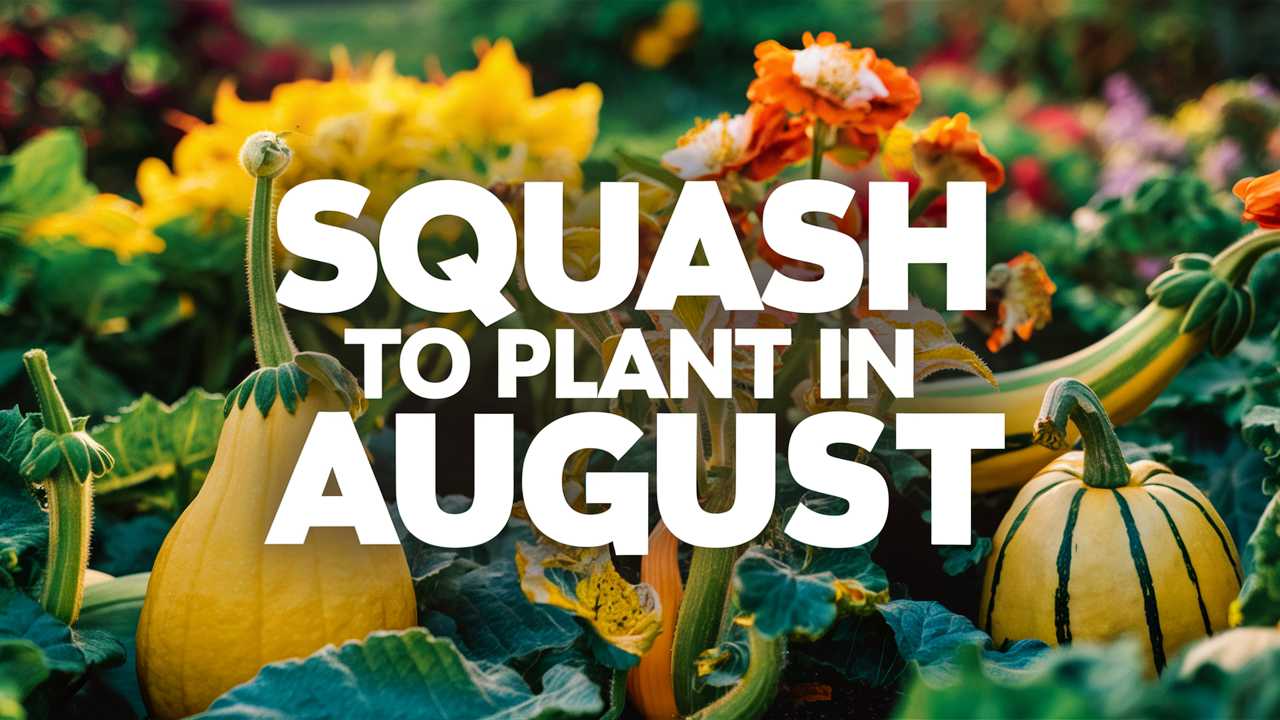Planting squash in August can be a rewarding endeavor for home gardeners looking to extend their harvest season. This guide will explore various squash varieties that thrive when planted in August, considering their temperature tolerances, ideal planting dates across different USDA zones, and their unique characteristics. With proper planning, you can enjoy a bountiful and diverse squash harvest well into the fall.
Summer Squash
Zucchini
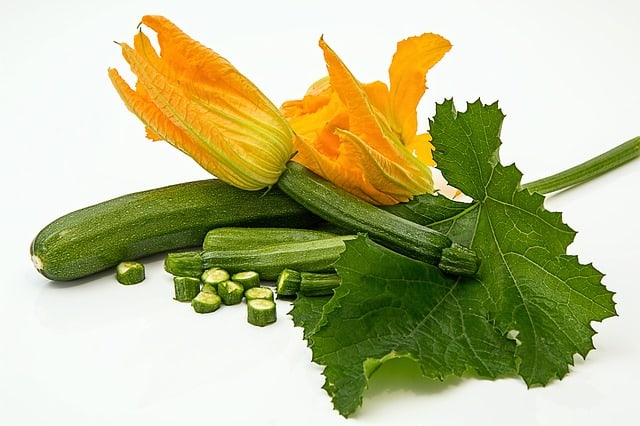
Zucchini is a quintessential summer squash variety, celebrated for its prolific yield and versatility in the kitchen. This plant typically requires planting in a warm climate and is very sensitive to frost, thriving in temperatures between 70°F and 85°F (21°C to 29°C). In USDA Zones 5 through 10, it can be directly sown in August.
Temperature Tolerance and Planting Guidelines: Zucchini can tolerate light frosts but should be planted when soil temperatures consistently reach 60°F (16°C). In Zone 5, late August planting might result in a harvest of young zucchini that can be picked before the first frost. Zones 6 and 7 are ideal for mid-August sowing, where the plant can grow quite quickly as the days still remain warm. In Zones 8 to 10, you can sow zucchini at the beginning of August for a late season harvest, typically reaping rewards into September and October.
Unique Characteristics: This squash variety is renowned for its adaptability. It can be harvested at various stages – from immature fruits about 6-8 inches long to larger specimens. Additionally, zucchini can be made into fritters, ratatouille, or even grilled for a savory addition to any meal. Consider experimenting with different zucchini cultivars, such as Black Beauty or Costata Romanesco, to enjoy a range of flavors and textures.
Crookneck Squash
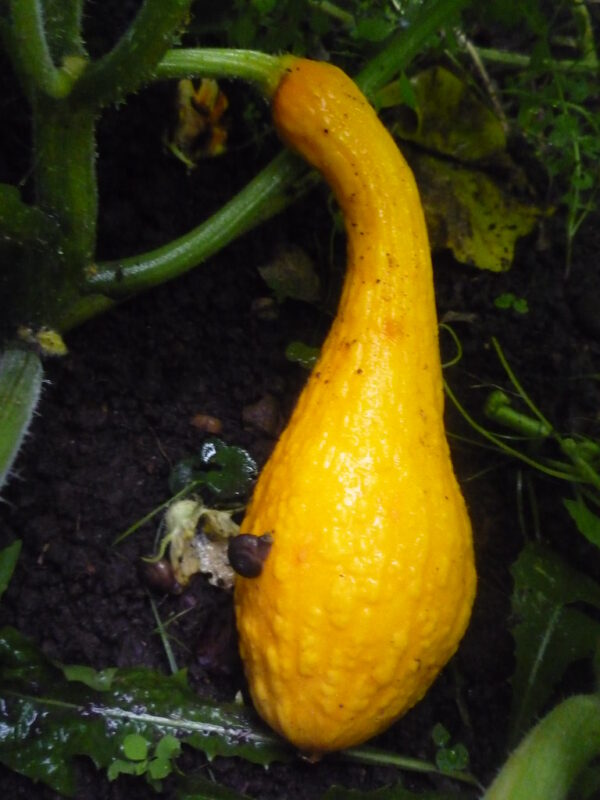
Crookneck squash is another delightful summer variety worth considering for an August planting. Known for its distinctive neck and yellow coloration, this squash is not only visually appealing but also a fantastic addition to various dishes.
Temperature Tolerance and Planting Guidelines: Thriving best in warm conditions, crookneck squash grows optimally in temperatures consistent with those preferred by zucchini. Gardeners in USDA Zones 4 through 10 will find August an appropriate time for sowing these seeds. In cooler Zones, such as Zone 4, planting should occur early in the month, taking advantage of the warm summer sun before the weather shifts.
Unique Characteristics: This squash is valued for its sweet, nutty flavor. Crookneck squash is particularly suited for frying, steaming, or roasting, and it pairs beautifully with herbs and spices. The skin is tender and edible, adding a burst of color to your dishes. Additionally, this variety is known for its early maturity, and you should expect to start harvesting in as little as 50 days after germination, making it an excellent choice for late-season planting.
Winter Squash
Butternut Squash

Butternut squash is famous for its sweet, nutty taste and creamy texture, making it a staple in numerous autumn recipes. This squash variety matures longer than summer squashes and thrives in warm weather.
Temperature Tolerance and Planting Guidelines: Ideal growing temperatures for butternut squash range between 70°F and 95°F (21°C to 35°C). When planted in August, it is important to assess your USDA growing zone. In Zones 5, 6, and 7, sowing in early August gives the plant enough time to mature before frost hits, typically about 85-100 days after planting. Gardeners in the warmer Zones 8 to 10 can safely start butternut seeds in mid-August, utilizing the consistent heat for optimal growth and eventual harvesting into late fall.
Unique Characteristics: Butternut squash is not only delicious but also nutrient-dense. It is an excellent source of vitamins A and C, potassium, and fiber. The hard outer skin serves as a natural protective barrier, allowing for easy storage throughout the winter. When preparing butternut squash, you can roast, puree, or include it in soups and stews, ensuring a versatile ingredient for your meal plans.
Acorn Squash
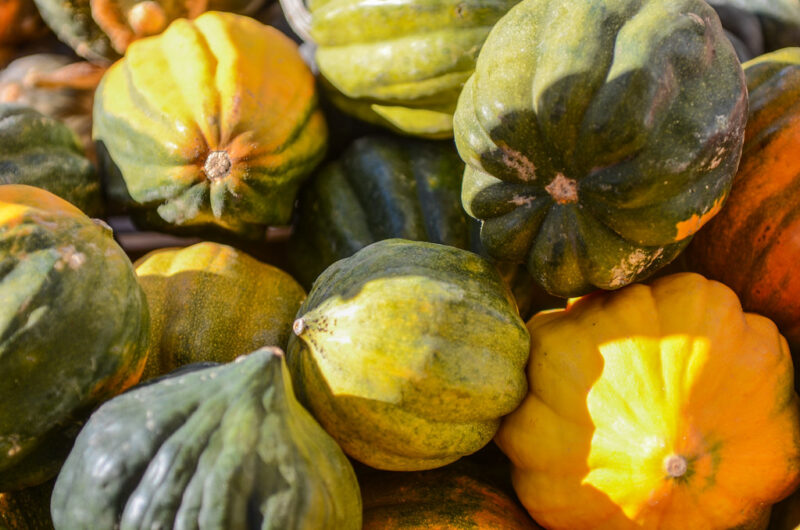
Acorn squash, with its unique shape and ribbed skin, is another winter variety that does well when planted in August, particularly appealing for its culinary and ornamental value.
Temperature Tolerance and Planting Guidelines: Much like butternut squash, acorn squash prefers warm soil and air temperatures. It thrives in temperatures ranging from 65°F to 85°F (18°C to 29°C). For Zones 5 through 7, late July to early August is the best window to sow these seeds, allowing enough grow time before the first frost. In warmer Zones such as 8 and 9, gardeners can plant by mid-August and still enjoy successful yields before winter.
Unique Characteristics: Acorn squash is beloved for its sweet, yellow-orange flesh. It can be roasted, stuffed, or pureed for soups. An interesting fact about acorn squash is that it can change its flavor profile based on the method of cooking. When roasted, it caramelizes, resulting in a sweeter, more intense flavor. In addition, acorn squash can often be found in a variety of colors, from deep green to golden yellow, making it an attractive addition to fall displays.
Spaghetti Squash
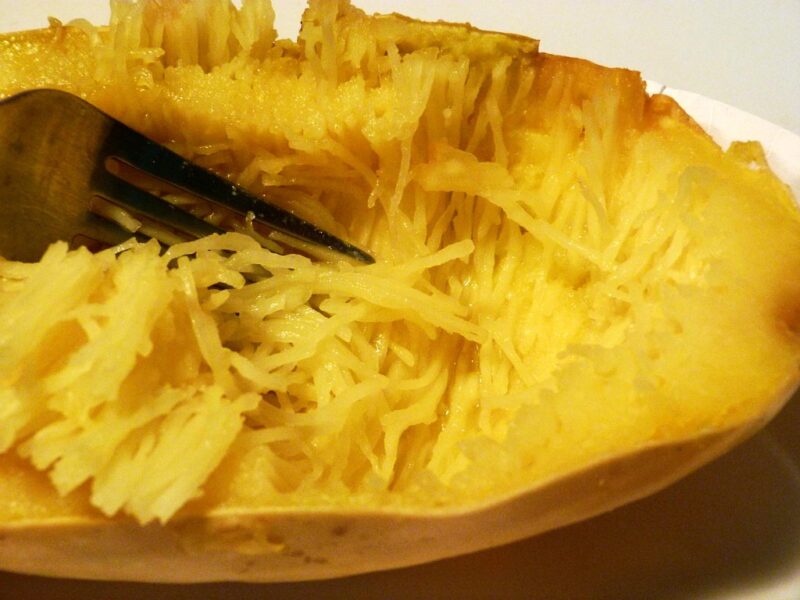
Spaghetti squash is gaining popularity due to its unique texture and versatility, especially among those seeking to reduce their carbohydrate intake. This squash, when cooked, yields flesh that can be easily flaked into strands reminiscent of spaghetti.
Temperature Tolerance and Planting Guidelines: Spaghetti squash prefers temperatures around 70°F to 95°F (21°C to 35°C). For gardeners in USDA Zones 5 and 6, aim to plant in the first two weeks of August to allow for a growing period before colder temperatures come. Those in Zones 7-10 could push planting to mid-August, enjoying the warm growing season with the expectation of a long harvest.
Unique Characteristics: Aside from being a low-calorie alternative to pasta, spaghetti squash is rich in vitamins and minerals, especially manganese, vitamin B6, and antioxidants. The fruit is typically ready to harvest 75-100 days post-planting. Once harvested, it can be stored for long periods in a cool, dark place, ensuring you can savor its unique attributes throughout the winter months.
Delicata Squash
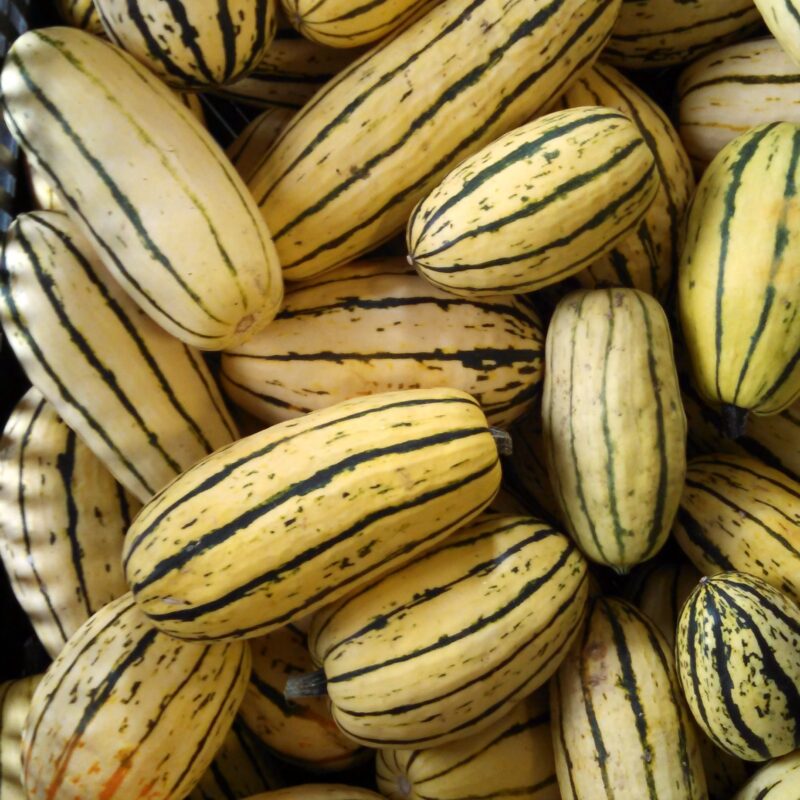
Delicata squash is often regarded as a personal favorite among gourmet chefs due to its sweet flavor and unique edible skin. Known for its elongated shape and striped skin, it is a visually appealing addition to your fall harvest.
Temperature Tolerance and Planting Guidelines: Ideal conditions for growing delicata squash mirror those of winter squashes, thriving in temperatures between 70°F and 85°F (21°C to 29°C). In USDA Zones 5 and 6, sowing should happen in early August for optimal yield, while gardeners in warmer Zones 7-10 can plant later in the month, taking advantage of the prolonged warm weather for extended growing time.
Unique Characteristics: What sets delicata squash apart is its tender skin that is perfectly edible when cooked, removing the necessity for peeling. This variety has a shorter growing season compared to butternut squash, typically requiring about 75-90 days from seed to harvest. Additionally, delicata squash is versatile in the kitchen; it can be roasted, steamed, or stuffed with grains and vegetables, providing an easy, nutritious meal option.
Hubbard Squash
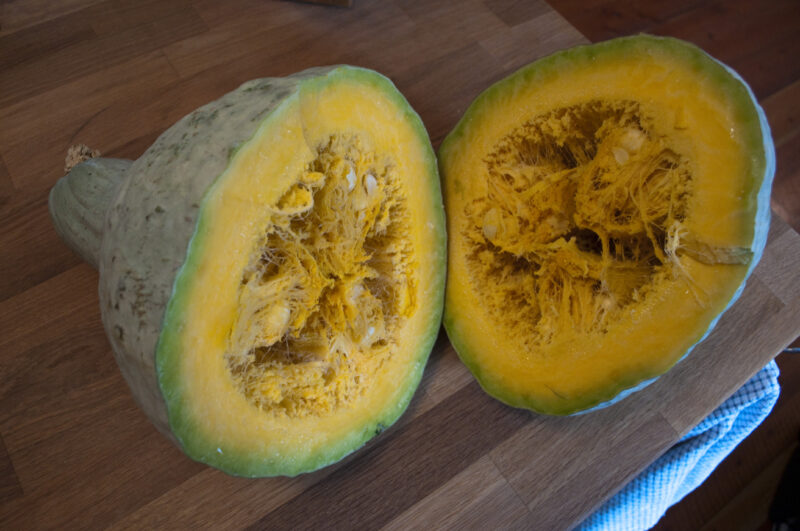
Hubbard squash is less common but is celebrated for its hefty size and rich flavor, making it a worthwhile investment for gardeners wanting to experiment with different varieties.
Temperature Tolerance and Planting Guidelines: These squash require similar conditions to other winter varieties, flourishing best in warm climates with temperatures ranging from 65°F to 85°F (18°C to 29°C). For Zone 5 gardeners, early August is the optimal time to plant. In warmer regions like Zones 7-10, sowing can continue into mid-August, capitalizing on the relentless heat to promote growth.
Unique Characteristics: Hubbard squash is prized for its sweet, dense flesh and can be used in many dishes, from pies to soups. They are generally larger than many other squash varieties, with some weighing up to 10 pounds or more! Their tough skin allows for long-term storage, making them a practical addition to your winter pantry.
Tips for Successful Squash Planting in August
While each squash variety has specific requirements and optimal planting seasons, several general tips can help ensure a successful planting season in August.
Soil Preparation: Ensuring rich, well-drained soil with plenty of organic matter, such as compost or well-rotted manure, is essential. Squash plants thrive in nutrient-dense environments, as this provides the necessary sustenance for vigorous growth.
Watering: Frequent watering is essential, especially during the hot months of summer. Squash plants need consistent moisture to establish deep root systems, so consider using drip irrigation or soaker hoses to keep the soil evenly moist without waterlogging.
Mulching: Applying a layer of organic mulch can help retain soil moisture, suppress weeds, and regulate soil temperature, providing an optimal environment for squash seedlings in August.
Sunlight: Ensure that your planting area receives at least 6-8 hours of sunlight every day. Squash plants are sun-loving, and adequate light is critical for vigorous growth and sustained fruiting.
Pest Management: Be vigilant about pest management, particularly aphids and squash bugs, which can become increasingly problematic in late summer. Employing row covers, hand-picking, or organic pest control methods can mitigate the impact of these pests.
Fertilization: A balanced fertilizer, rich in nitrogen during the early stages of growth, followed by a higher potassium and phosphorus fertilizer as fruits start to develop, supports healthy, productive plants.
Harvesting: Harvest squash promptly once they reach full maturity, as this encourages further fruit development and prevents overripening, which may lead to tougher skin and seeds.


